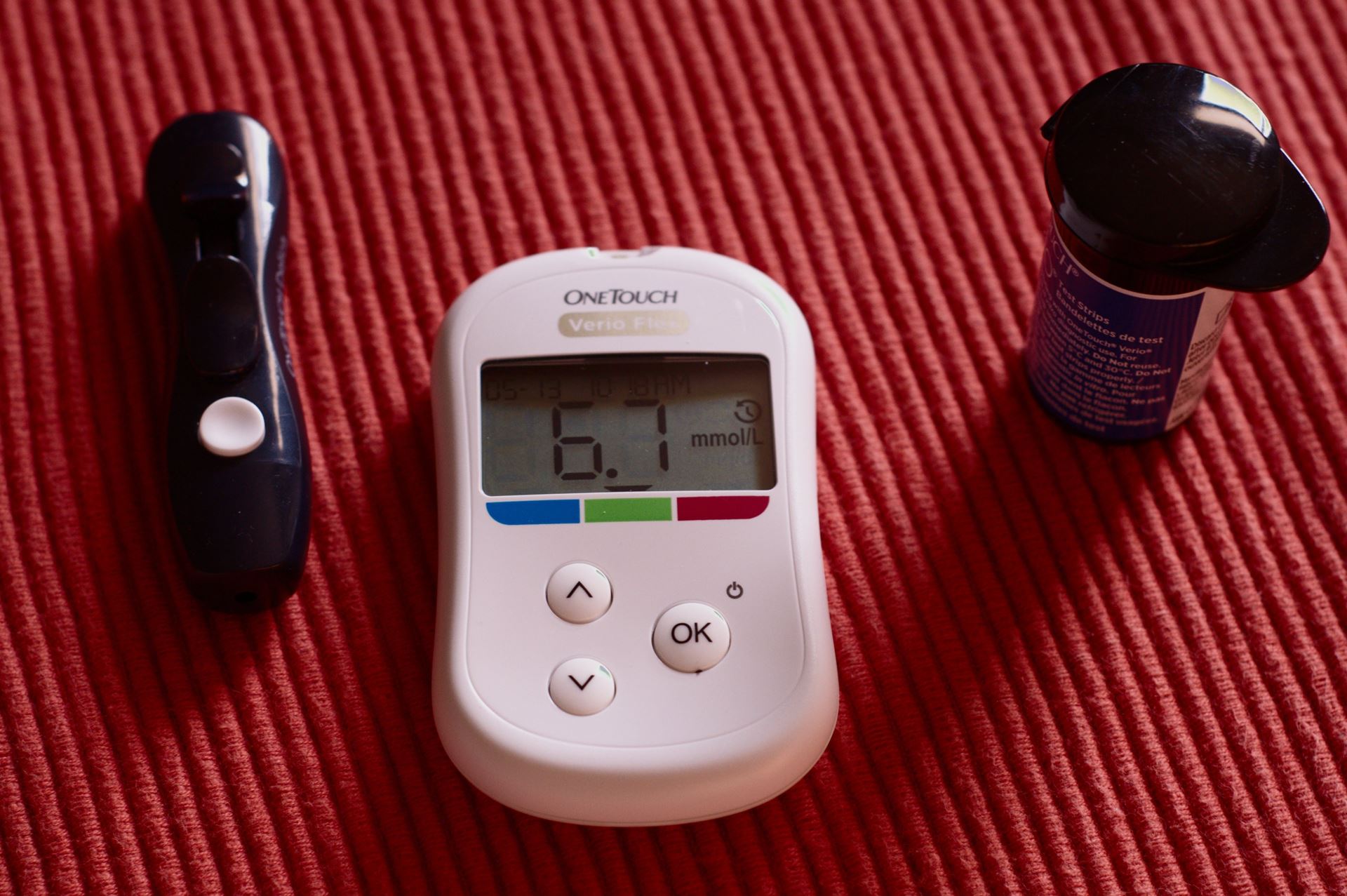What is Eat Real Food ?
Joining Eat Real Food Bite-size
Our team have put together presentations for you to watch to learn more about our Eat Real Food Programme.
Please watch the videos before each session to maximise your experience

Steps you need to take if you want to formally participate in the Eat Real Food Bite-Size programme:
1. Notify the Eat Real Food Admin team
You will be sent an invitation to attend three Eat Real Food sessions with Dr Kuok, Dr Wilson, Dr Andrews or Dr Hodges.
4. Prediabetic and diabetic patients
Prediabetic and diabetic patients will need to have had certain blood tests done in the last 3 months as well as the following measurements – Weight, Waist Circumference and Blood Pressure.
5. Take part in the group sessions
These are held every 3 weeks – each session is an hour long and starts at 6pm
6. Feedback
After the third session, you will be asked to give us feedback. Feedback is essential for us in order to continue to improve and deliver what is important to patients so please complete the Survey Monkey. It will also prompt you to repeat your measurements (Weight, Waist Circumference and Blood Pressure). Prediabetic and Diabetic patients will be asked to have repeat blood tests at around this time.
Notifying Eat Real Food Admin Team
If you decide to formally take part in the Eat Real Food programme, please ensure you let the Eat Real Food Admin team know so that you can also be sent an invite to the group sessions which are held at the Aspen Centre
You can notify the Eat Real Food Admin team by one of the following ways:
- Your health care professional can refer you directly
- You can speak to Reception
- You can email aspen.eatrealfood@nhs.net
Taking measurements
We would encourage everyone to have the following basic kit:
- Weighing scales
- Tape measure – to measure waist circumference
- Blood pressure machine
Waist to height ratio can be a useful tool for monitoring your health. The universal cut-off point is 0.5 – so the take home message is try to keep your waist circumference to half of your height.
Using the Reflection and Progress document – we would encourage everyone to check their measurements just before starting the programme, at 3 months, 12 months and then 24 months
If you struggle with group meetings, you can also book a one to one with our nursing team via reception.

If you have Pre-Diabetes or Type 2 Diabetes
For patients with Pre-diabetes or Type 2 Diabetes, we ask that you ensure you have blood tests done before starting this programme to check your cholesterol (fasting lipids), blood sugars (HbA1c) and liver function tests (LFTs).
If you are on any medication for blood pressure, your heart or diabetes please book a telephone call with Dr Kuok, Dr Hodges or Dr Wilson to discuss first any alterations which may be needed.
We encourage our diabetic and prediabetic patients to have access to blood glucose monitoring. You need not necessarily need to check your blood sugars daily but learning which foods affect your blood sugar levels is really important to help you make the right food choices. You will also be able to see how exercise positively impacts on your blood sugar levels as well as what even one night of poor sleep can do to your blood sugar. Please ask your health care professional for a blood glucose monitor if you do not have one.
To see effects of food/exercise on your blood sugar levels:
- Take blood sugar reading just before eating particular food
- Retake blood sugar reading 1.5 to 2 hours after eating that food
- Compare and contrast different meals – for example how do eggs at breakfast compare with toast at breakfast in terms of blood sugar readings, do porridge oats have any effect on your blood sugar readings?
- Compare and contrast the same meal with and then without the starch – for example curry with rice versus curry with vegetables on the side.
- Compare and contrast the same meal with and without a 30-minute walk after the meal.
Keeping a food diary is a great way to stay on track – download the food and blood sugar diary here.
Testing your blood sugar
If you have diabetes or are pre-diabetic, please ask your doctor or nurse for a glucose meter and accessories on prescription.
This is a useful tool to see how different foods affect your blood sugar and how good your control is.
Generally we are aiming for blood sugars around 5-7 overall unless you are very frail, when we aim for less tight control.
- Fasting glucose should be 3.9 to 5.5 (non-diabetic); 4.4 to 7.2 (diabetic)
- 2hours after food should be less than 7.8 (non-diabetic); less than 10 (diabetic)
Page created: 30 March 2021